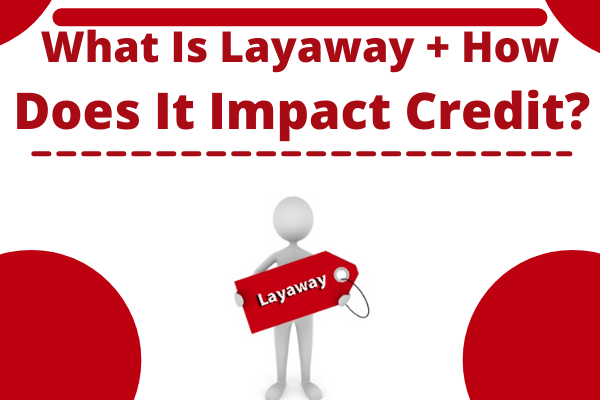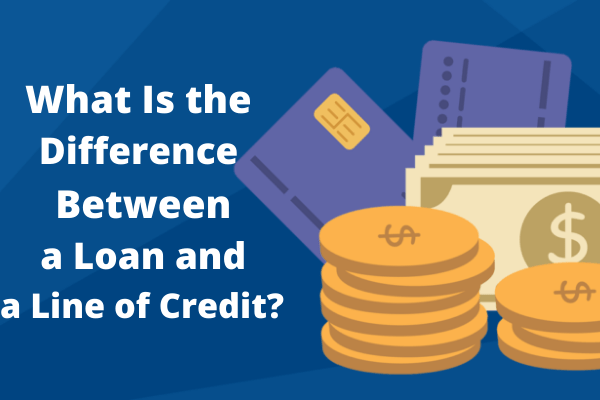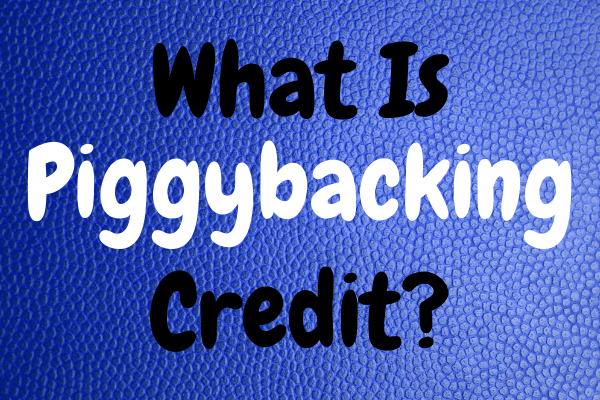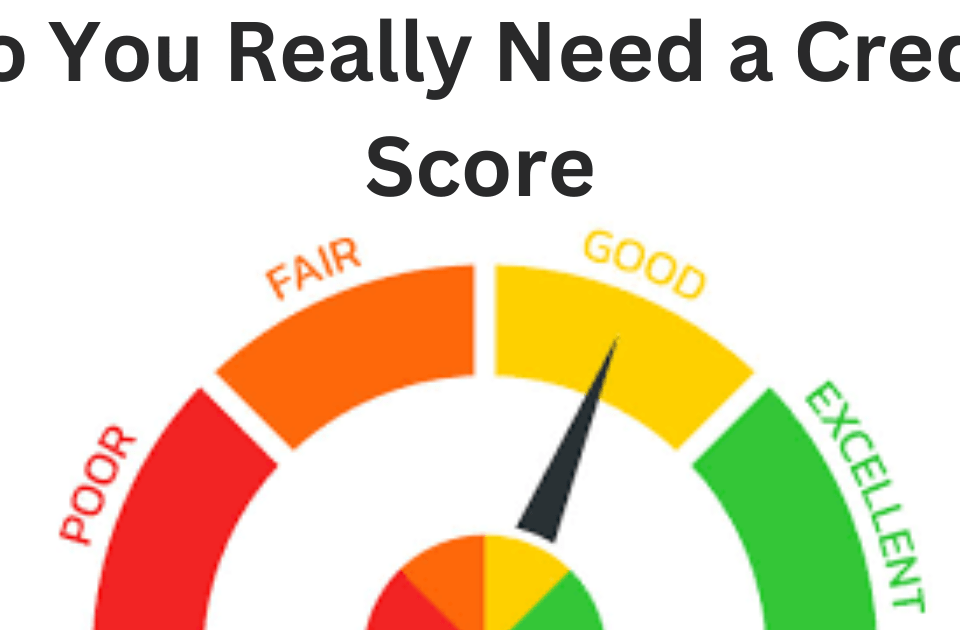What Is Piggybacking Credit?

What Is Layaway + How Does It Impact Credit?
March 13, 2021
What Is the Difference Between a Loan and a Line of Credit?
March 13, 2021Have you ever heard of piggybacking credit? If you find this term strange and you have no idea what it means, don’t worry because you are not the only one clueless about it.
It is also known as credit piggybacking or credit card piggybacking, which is one form of strategy used to build credit. But, a lot of people still have no idea what this strategy is all about and how to benefit from it.
Piggybacking Credit Definition
It is generally defined as building credit through sharing a credit account with another person. For instance, business partners, parents, children, or spouses are some of the most common examples of people who usually share credit.
Piggybacking credit can happen in three main ways and these are following:
1. Opening a joint account with someone else
This means that the two parties get full access to and control of the account, with both having the same responsibility for the account. Through having a joint account opened with someone else with good credit, the person whose credit is less than ideal can open an account that they might not be qualified for by themselves or get terms that work in their favor.
2. Opening an account with a guarantor or cosigner
The guarantor or cosigner is someone who will promise to take responsibility of the debt in case the primary borrower is unable to pay it back. In the event that the guarantor or creditor has excellent credit, the borrower can be qualified for credit that they might not be qualified for by themselves or qualified for better terms.
3. Becoming an authorized user for piggybacking credit purposes
It means that the debt won’t be your responsibility but the account’s entire history may show up in your credit file disregarding when you got added to the account.
How Authorized is User Piggybacking Credit Works?
The moment you are added to the credit card of another person as an authorized user, most of the time, the account’s full history will be reflected in your credit report that depends on the specific bank. This is in spite of the time when you got added to the credit card.
This means that the piggybacking has the ability to add years of flawless payment history to the credit file of the authorized user almost in an instant.
The authorized user tradelines could affect various critical variables for credit including the mix of accounts, number of accounts, age of the oldest account, average age of the accounts, and more.
Historically, only those privileged and wealthy people used piggybacking as a strategy for building credit. Today, there is now a marketplace where you can buy and sell tradelines that help in democratizing the credit system and offering equal opportunity for credit.
Will Piggybacking Hurt Your Credit?
Piggybacking credit done the wrong way can backfire and end up hurting your credit. Since the credit account’s full history is shown on the piggybacker’s credit file, it means that even the derogatory factors are going to appear.




